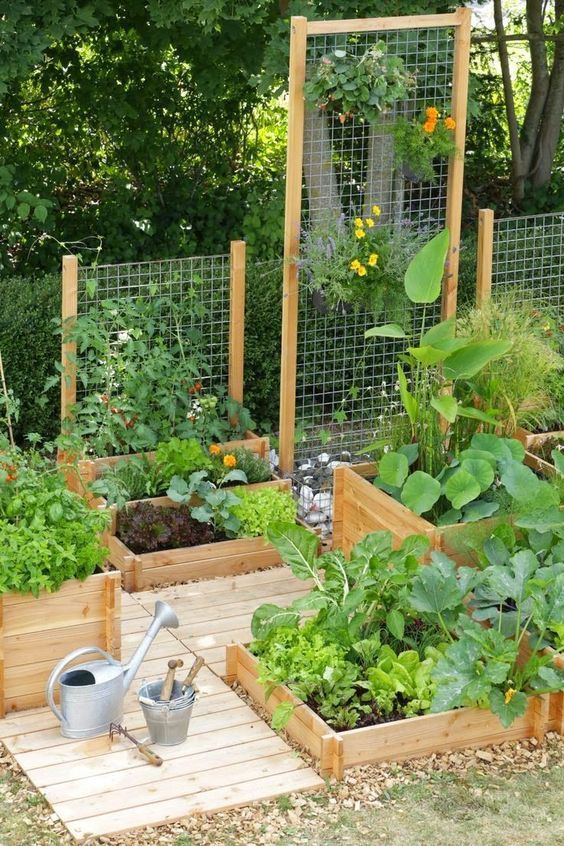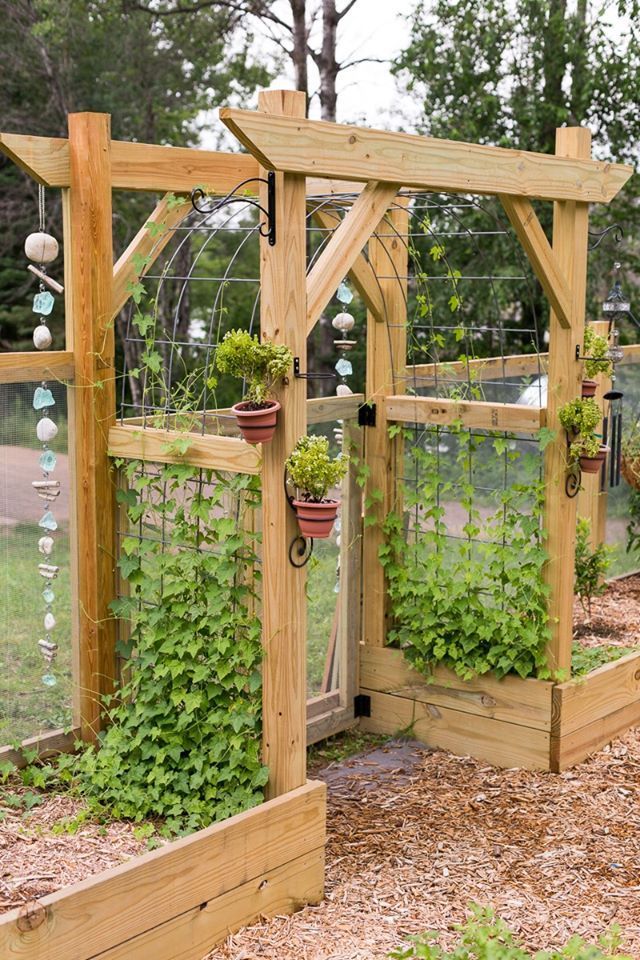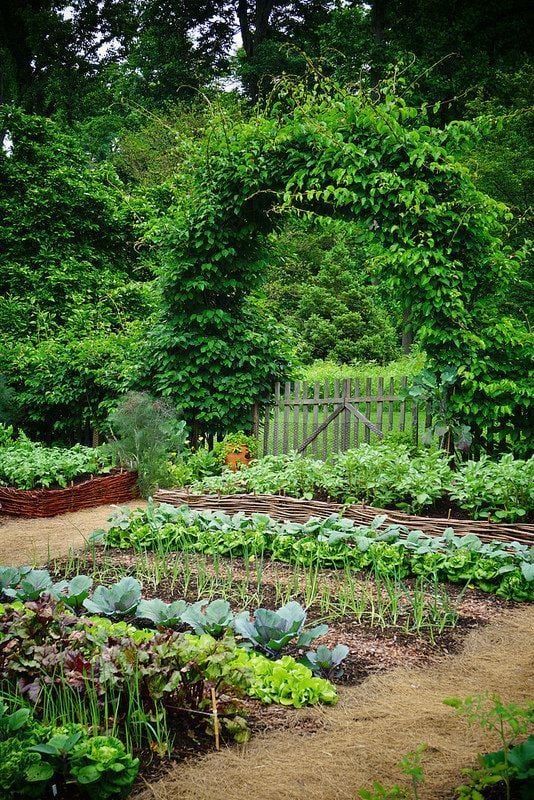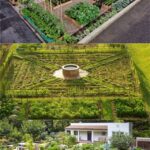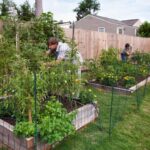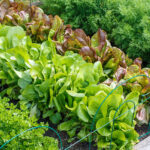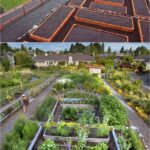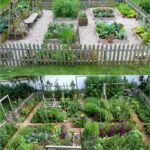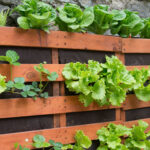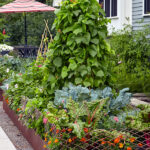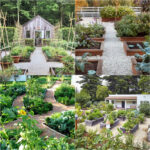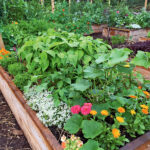When it comes to designing a vegetable garden layout, there are several important factors to consider in order to ensure a successful and efficient growing space. One of the first things to think about is the size and shape of the garden beds. Raised beds are a popular choice for vegetable gardens as they provide good drainage, help prevent soil compaction, and make it easier to control weeds and pests.
Spacing is another crucial element in vegetable garden layout design. Different plants require varying amounts of space to grow and thrive, so it’s important to research each crop and plan accordingly. Be sure to leave enough room between rows and plants to allow for proper air circulation and access for watering and harvesting.
Consider the orientation of your garden beds in relation to the sun. Most vegetable plants require at least six hours of sunlight per day to thrive, so it’s important to position your beds in a sunny spot. If possible, orient your garden beds north to south to ensure that all plants receive adequate sunlight throughout the day.
In addition to bed layout and spacing, it’s also important to think about the overall flow and organization of your garden. Consider creating clear paths between beds to make it easier to access plants for watering, weeding, and harvesting. Grouping crops together based on their water and sun requirements can also help streamline maintenance and ensure that each plant receives the care it needs.
When designing your vegetable garden layout, don’t forget to include space for vertical gardening. Trellises, stakes, and other structures can be used to support climbing plants like tomatoes, cucumbers, and beans, allowing you to make the most of limited space and increase your overall yield. Vertical gardening can also help reduce the spread of diseases and pests by keeping plants off the ground.
Finally, consider incorporating companion planting into your vegetable garden layout design. Certain plants grow better when planted together, either because they provide each other with nutrients, attract beneficial insects, or deter harmful pests. Research companion planting combinations to help improve the health and productivity of your vegetable garden while reducing the need for chemical pesticides and fertilizers.
